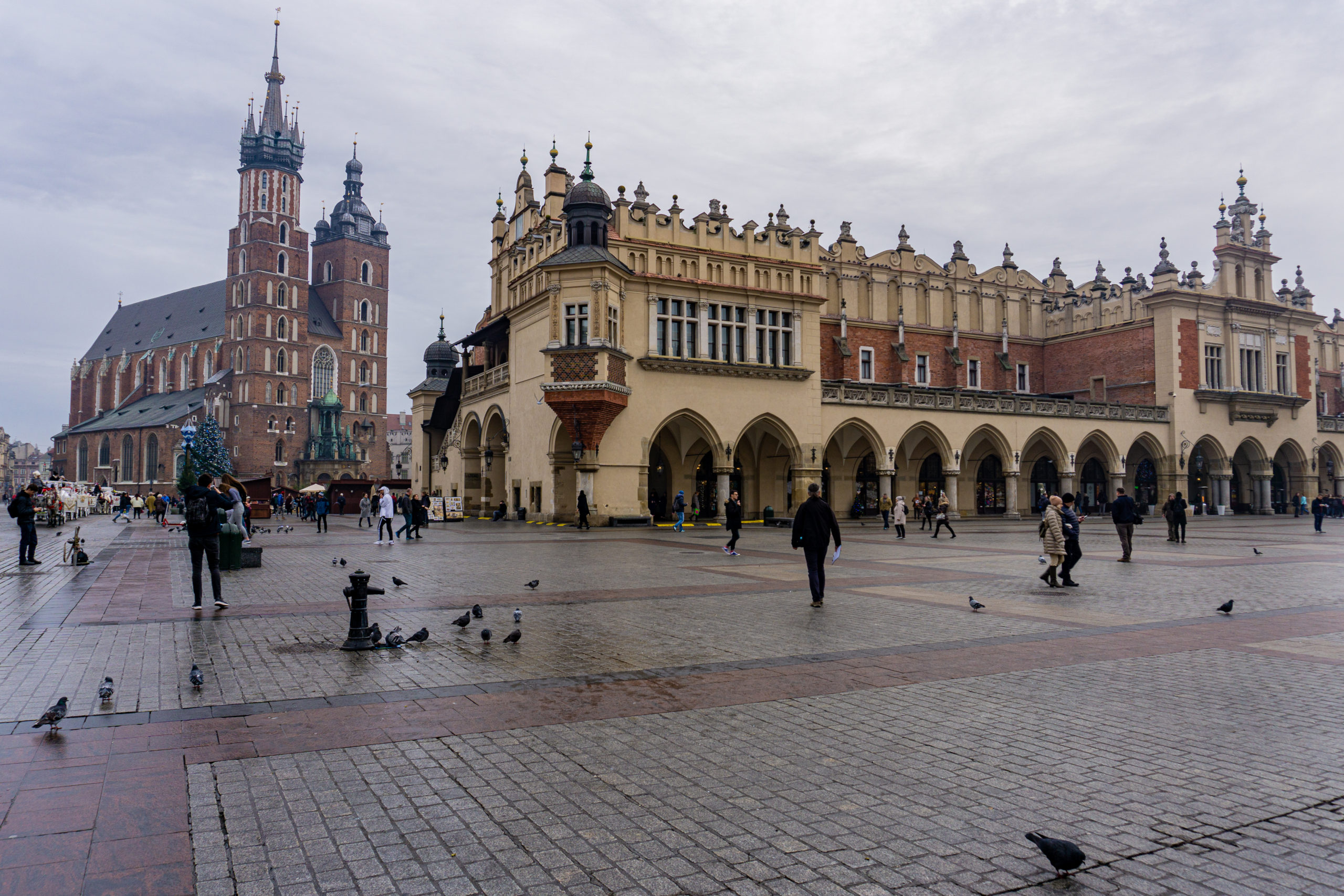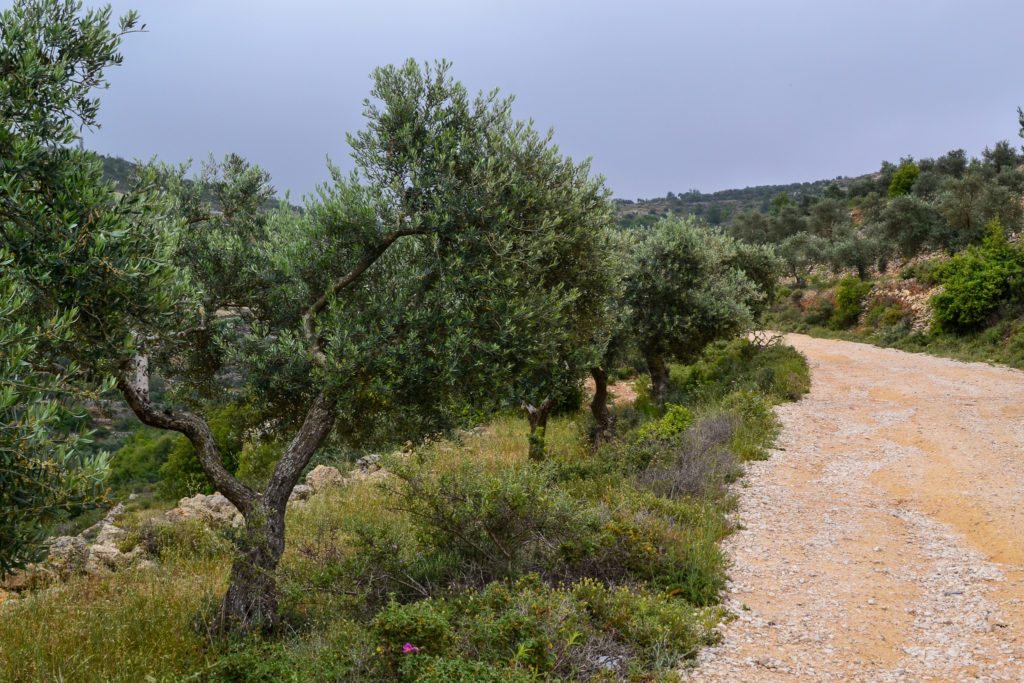Kraków is one of the most amazing cities in all of Europe. This former Polish capital and its surrounding region are both full of culture and history – some of which is remembered fondly and some… not so much. With all of this culture and history, it probably comes as no surprise that Kraków, Poland is a hotspot for UNESCO World Heritage Sites. The following places are five UNESCO World Heritage Sites to visit while in Kraków.

Kraków UNESCO World Heritage Sites
UNESCO World Heritage Sites to Visit while in Kraków
1. Historic Centre of Kraków

The first World Heritage Site most people will visit on a trip to Kraków is actually within the city itself. This is, of course, the Historic Centre of Kraków. One of the 12 original UNESCO World Heritage Sites inscribed in 1978, Kraków boasts the largest old town square in all of Europe. The centerpiece of the old town square is the Cloth Hall, which dates back all the way to the Renaissance.

In addition to the Old Town, Kraków’s inscribed property also encompasses the Wawel Hill complex and the historic Jewish district of Kazimierz, which actually used to be its own town until the Third Partition of Poland in 1795.
2. Kalwaria Zebrzydowska: the Mannerist Architectural and Park Landscape Complex and Pilgrimage Park

This one might just hold the title for the longest official name of any UNESCO World Heritage Site. Kalwaria Zebrzydowska: the Mannerist Architectural and Park Landscape Complex and Pilgrimage Park consists of a series of 42 chapels – the layout of which are modeled after religiously significant places in Jerusalem and the Holy Land from the Passion of Jesus Christ.

This Mannerist park was established in 1600 by Mikołaj Zebrzydowski. Kalwaria Zebrzydowska was inscribed on the World Heritage List in 1999 for its unique landscape, which blends natural and human-made elements. Kalwaria Zebrzydowska remains one of the most significant places of pilgrimage in Poland.
3. Wooden Churches of Southern Małopolska

The Wooden Churches of Southern Małopolska is a serial World Heritage Site in Poland. It is a series of six wooden churches spread across Southern Małopolska, or Southern Lesser Poland. For the purpose of visiting from Kraków, the closest of these churches – St. Leonard’s Church.
Located in the village of Lipnica Murowana, St. Leonard’s was completed in the 15th century. This church, along with the five other inscribed churches, are outstanding examples of medieval church-building traditions within the Roman Catholic culture. Hence, the Wooden Churches of Southern Małopolska were designated a UNESCO World Heritage Site in 2003.
4. Wieliczka and Bochnia Royal Salt Mines

Both located very close to Kraków in Southern Poland, the Wieliczka and Bochnia Royal Salt Mines are industrial salt mines which were in operation together from the 13th until the late 20th century. They are both two of the oldest salt mines in the world. This UNESCO World Heritage Site is another serial site, comprised of three properties.
Wieliczka Salt Mine

The more well-known and popular of the two salt mines, Wieliczka is located in the town bearing the same name. This salt mine houses attractions such as four chapels and an underground lake, as well as countless statues, murals and sculptures – all carved entirely out of salt. Even the chandeliers are made of salt! Similar to the Historic Centre of Kraków, the Wieliczka Salt Mine was one of the 12 original World Heritage Sites inscribed in 1978.
Bochnia Salt Mine

The oldest salt mine in Poland, Bochnia was founded between the 12th and 13th centuries. Although Bochnia doesn’t receive as many tourists as Wieliczka, this doesn’t make it any less impressive. Like Wieliczka, Bochnia also features chapels, monuments and chandeliers – you guessed it, all carved out of salt.
Wieliczka Saltworks Castle

Constructed in the 14th century in the Gothic architectural style, the Wieliczka Saltworks Castle (or Żupny Castle) is the former headquarters of the Wieliczka and Bochnia Royal Salt Mines. Today the Saltworks Castle operates as a museum, showcasing the history of Wieliczka and the salt mines.
In 2013, the Wieliczka Salt Mine World Heritage Site was expanded to include both the Bochnia Salt Mine and the Saltworks Castle in Wieliczka.
5. Auschwitz Birkenau German Nazi Concentration and Extermination Camp (1940-1945)

Perhaps the most sobering of UNESCO World Heritage Sites in not only Poland, but the entire world. Inscribed in 1979, Auschwitz Birkenau German Nazi Concentration and Extermination Camp (1940-1945) was the largest (and most deadly) of a series of concentration and extermination camps built and administered by the Nazi regime throughout occupied Poland. Approximately 1.5 million victims were systematically deported to, tortured and/or murdered here, the majority of which were Jews.
Auschwitz I

The first of the Auschwitz concentration camps, Auschwitz I served as the administrative center of the German Nazi camp system. This location was originally used to hold Polish prisoners, but it would later also receive Jews, among others. Many of the buildings and barracks now house exhibitions that include artifacts and photos, as well as belongings from the victims that were unfortunate enough to be sent here.
Auschwitz II-Birkenau

In 1941, it was ordered by the Nazis that the Auschwitz camp be expanded. Therefore, Auschwitz II-Birkenau was constructed to handle the illegal and immoral influx of hundreds of victims. Most of these people were sent immediately to their deaths in the gas chambers upon arrival. The majority of the buildings at Birkenau are no longer standing (including the gas chambers) as the Nazis razed them in an attempt to destroy the evidence of their heinous crimes against humanity.
Pin it for Later:

View the Complete List of UNESCO World Heritage Sites I’ve Visited





A lot of history here. Right up my alley. Never been to Auschwitz but did visit Dachau many years ago.
Bob,
My wife and I spent nearly 8 difficult hours between Auschwitz and Birkenau. I’m sure Dachau is also an emotionally trying experience.
Thanks for the read and the comment,
Cody
Loved my time in Kraków, but was seriously waylaid by a pierogi festival, so not as much exploring as I had planned on. I’ll look to this list for my next visit.
Amy,
As much as I enjoyed the day trips from Kraków, I definitely feel that the city itself warrants a lengthier and more in-depth visit.
Best,
Cody
I did not know Krakow was the old capital. Mind you I did not know about half the sites mentioned here. Interesting. And sobering in the case of Auschwitz, of course.
Sol,
I’m glad you were able to learn some new things from the article!
Also, yes – can’t say I’m in any hurry to ever go back to Auschwitz. I believe once is enough.
Best,
Cody
I’d never heard of the salt mines before, which is timely. One of our children has gotten really interested in visiting ones here in the US.
Hil,
Hopefully you get a chance to visit the Polish mines. There’s actually a very large commercial salt mine not far from where I live.
Best,
Cody